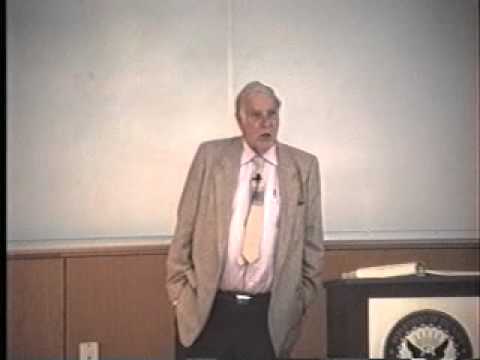Intro: Today is the beginning of talking about artificial intelligence, it is a very different topic. I spent much of last night and today thinking about it, and talking to friends about what they really believe. After all, there is no point in giving lectures if it doesn’t make the professor think, so I’ve done a lot of thinking. Now I’ll present material that is somewhat different than it is in the book, but not too different. The underlying problem – “can machines think?” – is your personal ego. You know that machines can calculate faster, more reliably, cheaper, they have freedom from boredom, there are all kinds of assets that machines have. But you don’t like to feel that you are inferior to machines that you have built. So one of the major problems is your ego… Having examined the history of computer applications we are naturally attracted to an examination of their future limits, not in computing capacity but rather what kinds of things computers can and perhaps cannot do. Before we get too far I need to remind you that computers manipulate symbols, not information; we are simply unable to say, let alone write a program for, what we mean by the word “information.” We each believe we know what the word means, but hard thought on your part will convince you that it is a fuzzy concept at best, that you cannot give a definition that can be converted into a program.
The Art of Doing Science and Engineering: Learning to Learn” was the capstone course by Dr. Richard W. Hamming (1915-1998) for graduate students at the Naval Postgraduate School (NPS) in Monterey California.
This course is intended to instill a “style of thinking” that will enhance one’s ability to function as a problem solver of complex technical issues. With respect, students sometimes called the course “Hamming on Hamming” because he relates many research collaborations, discoveries, inventions and achievements of his own. This collection of stories and carefully distilled insights relates how those discoveries came about. Most importantly, these presentations provide objective analysis about the thought processes and reasoning that took place as Dr. Hamming, his associates and other major thinkers, in computer science and electronics, progressed through the grand challenges of science and engineering in the twentieth century.
UCYmfe5bvRYu-H1rtfc4n7AA
source


